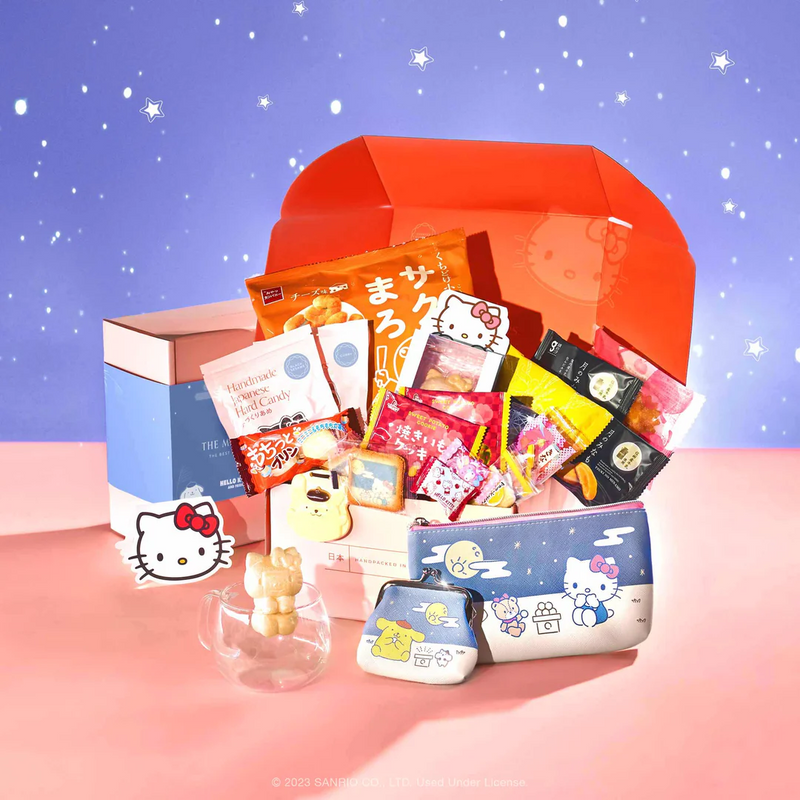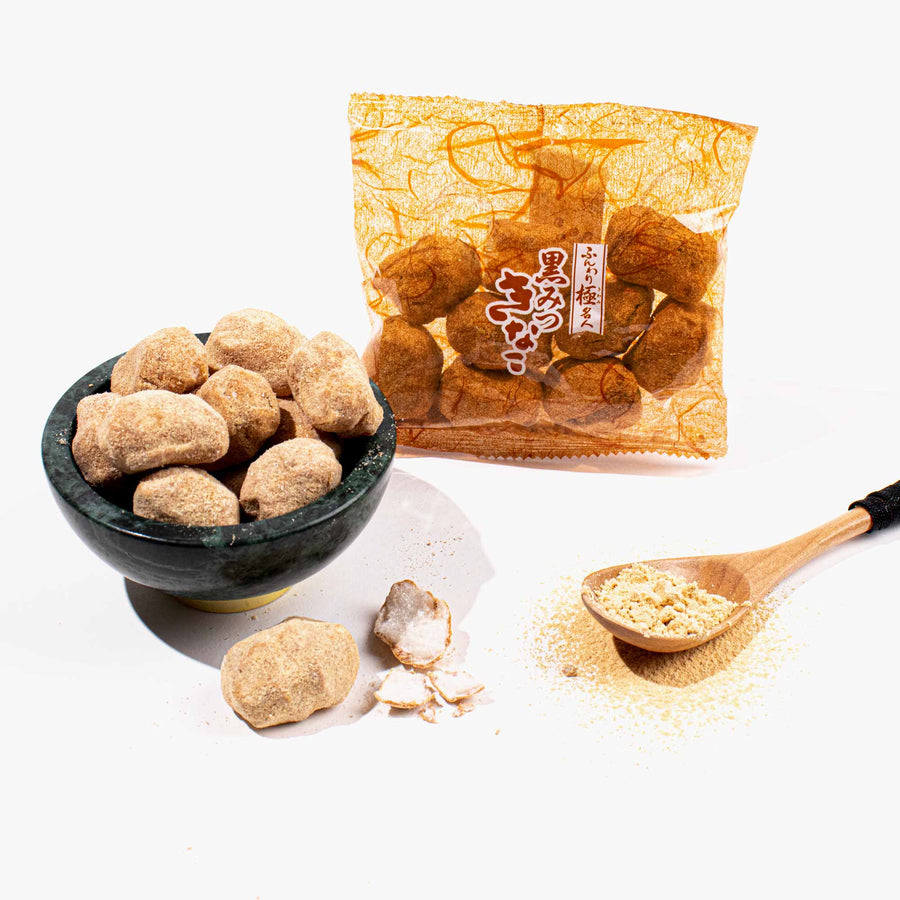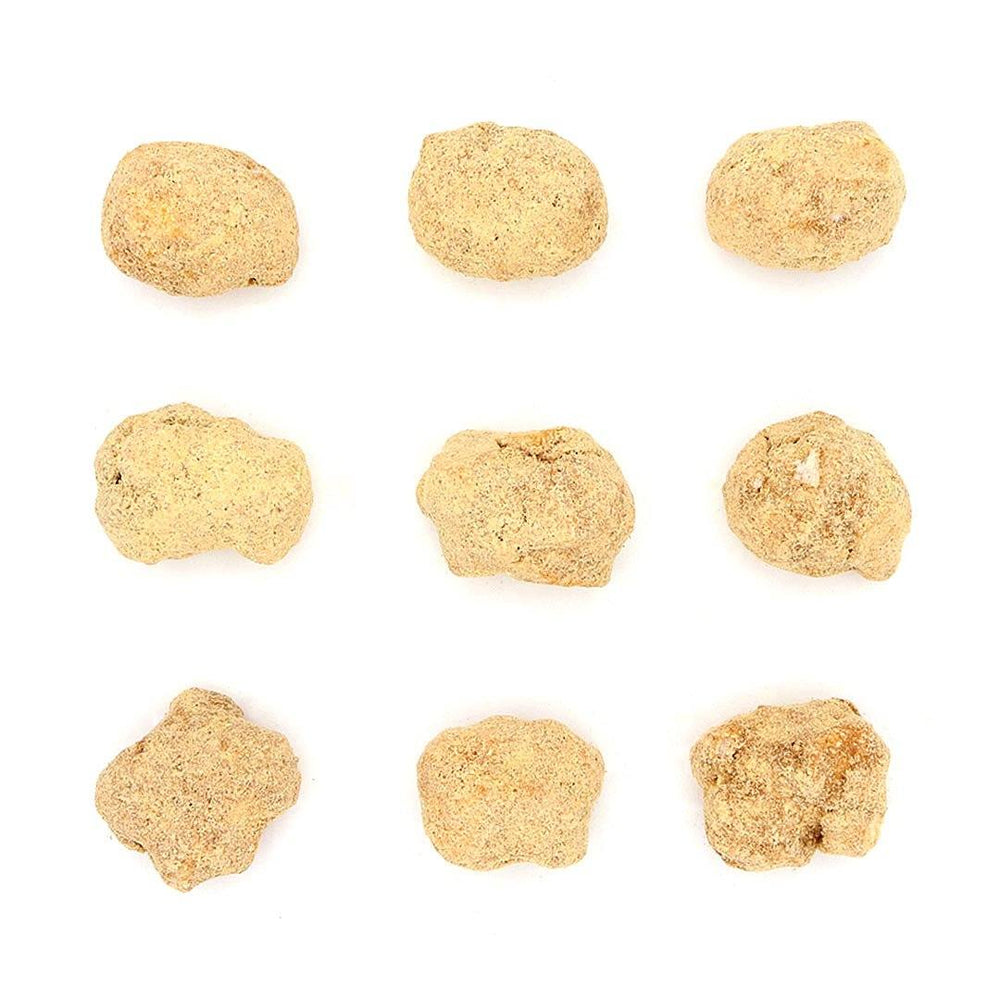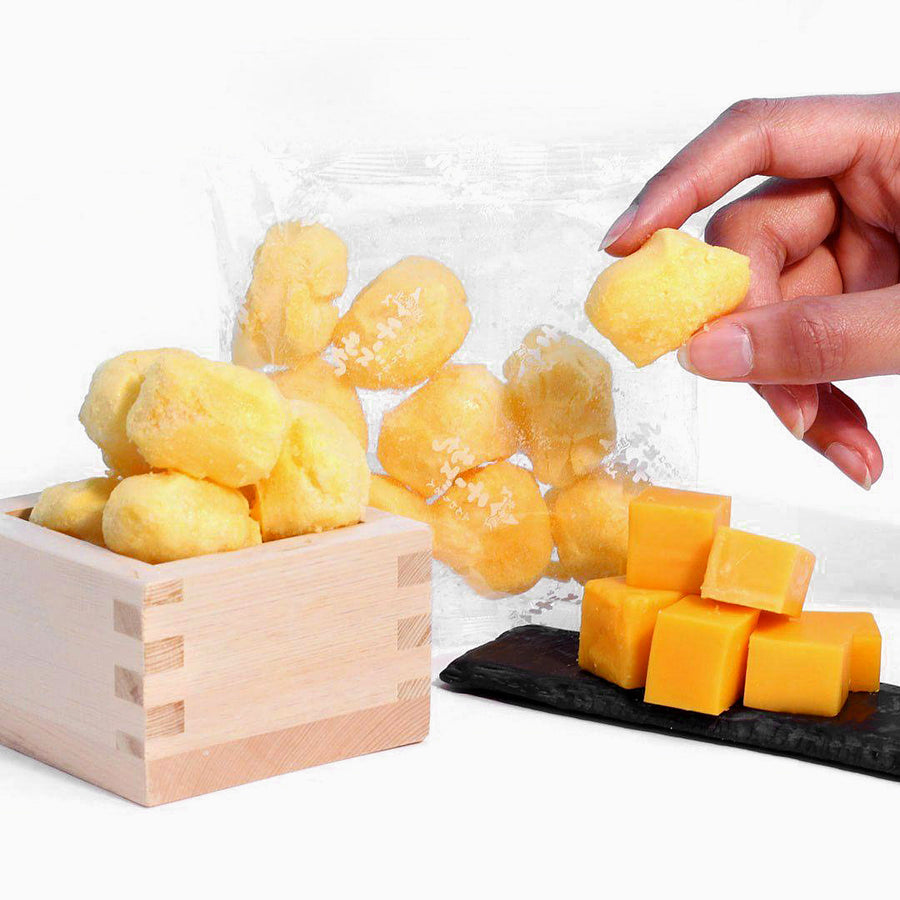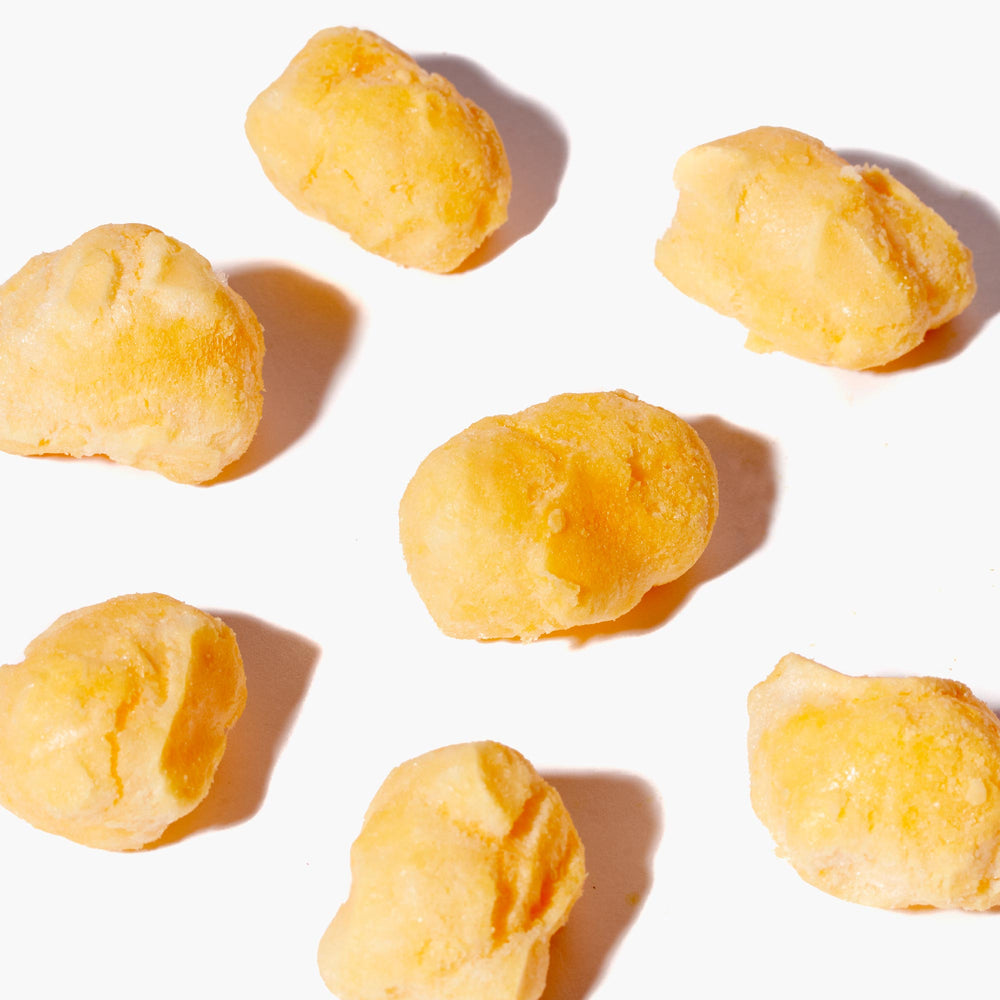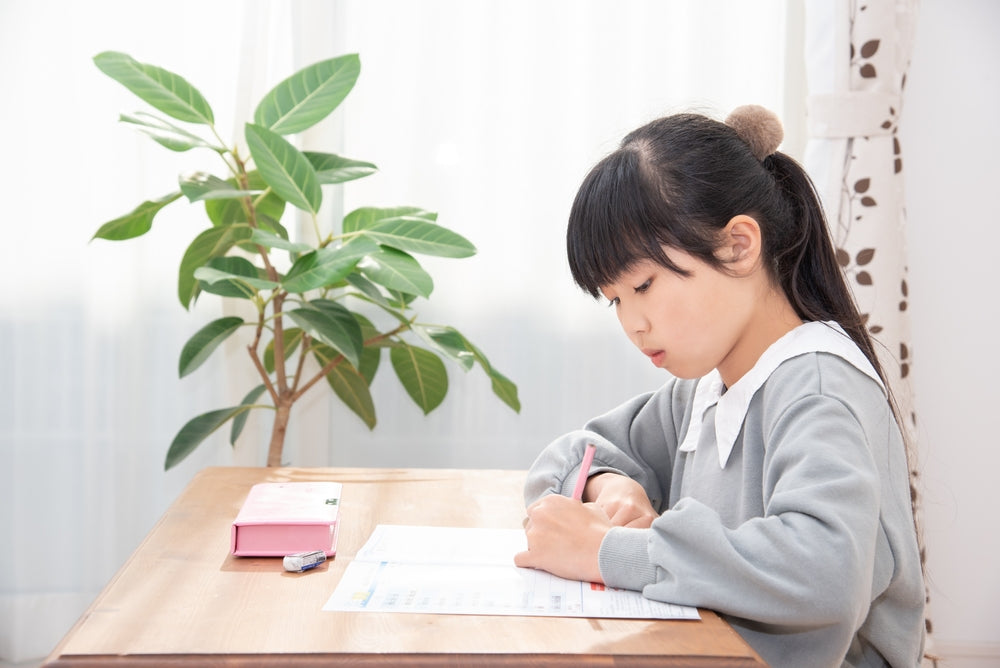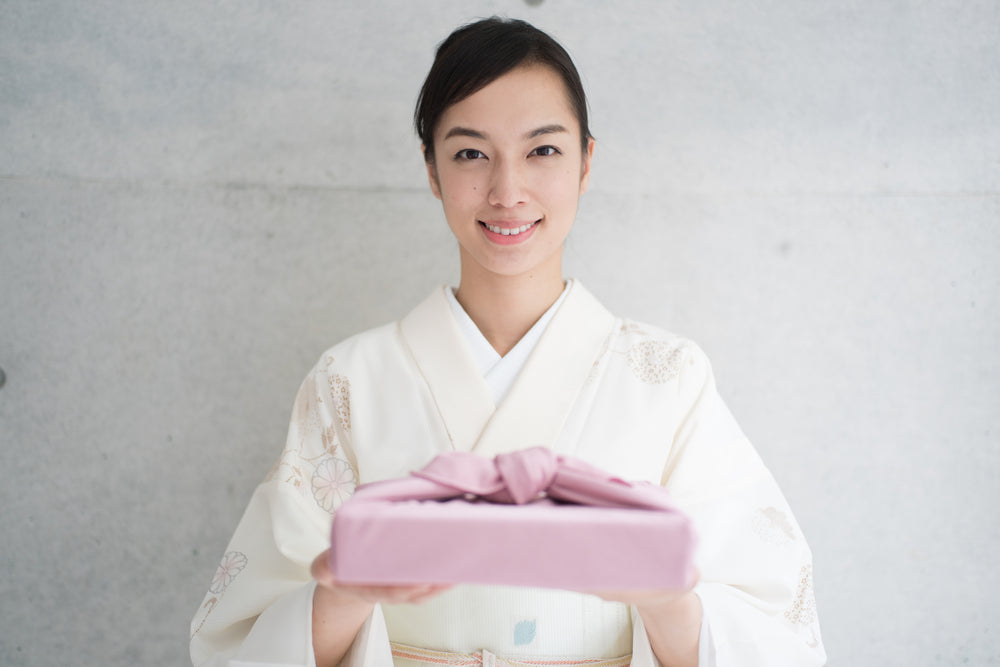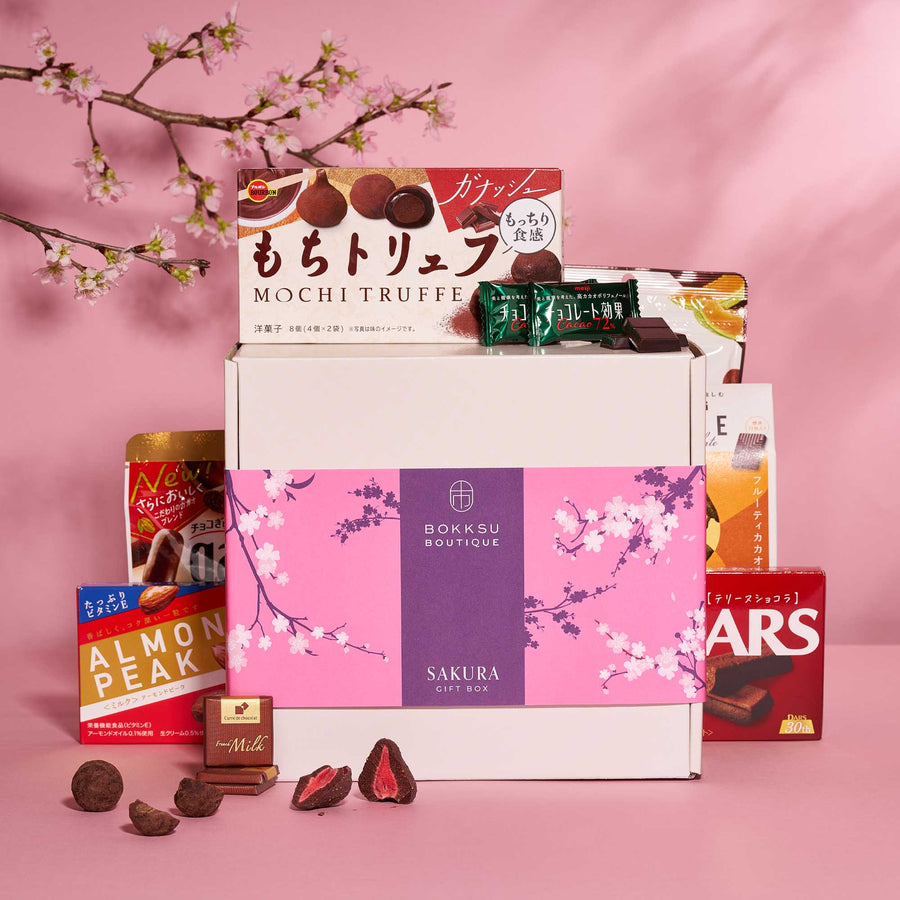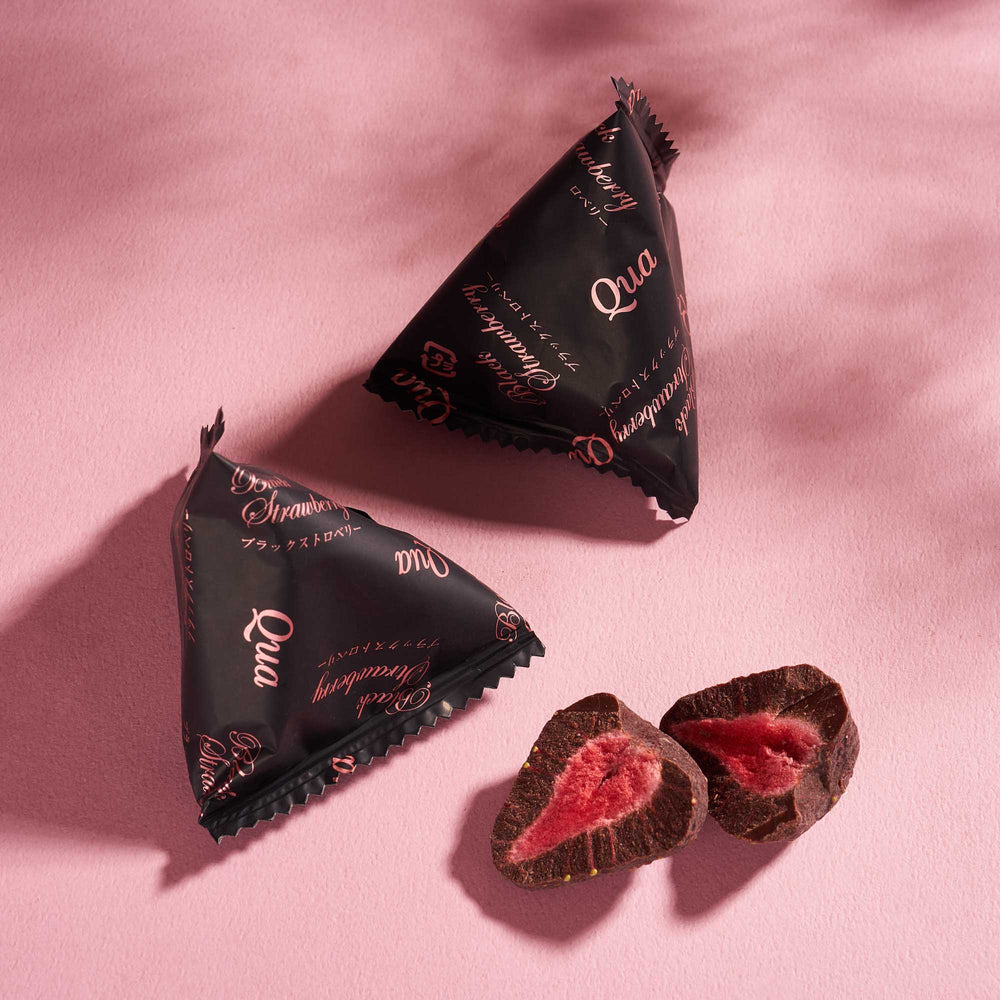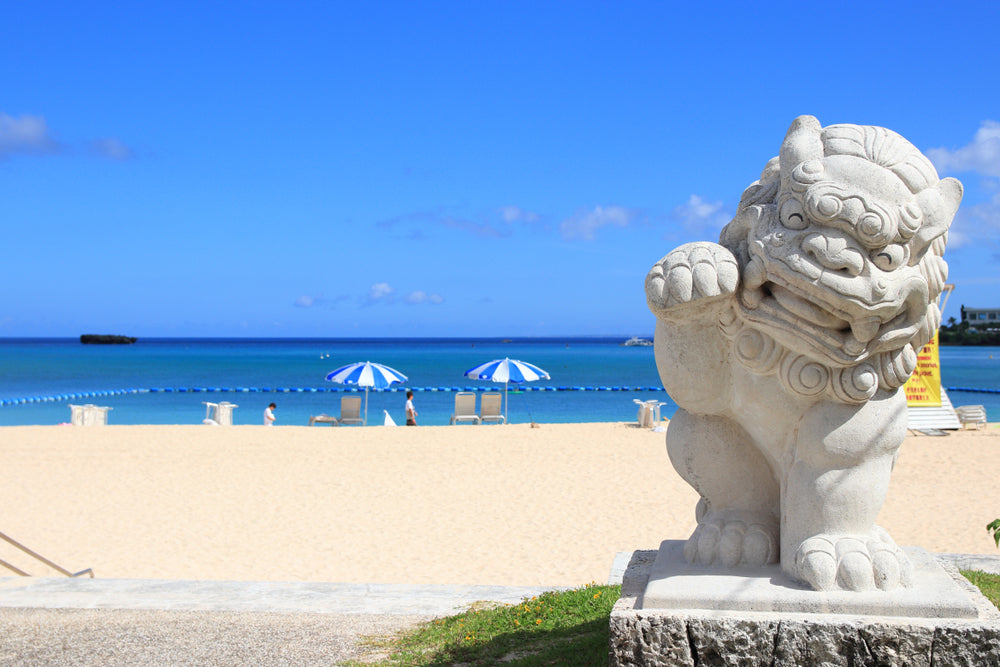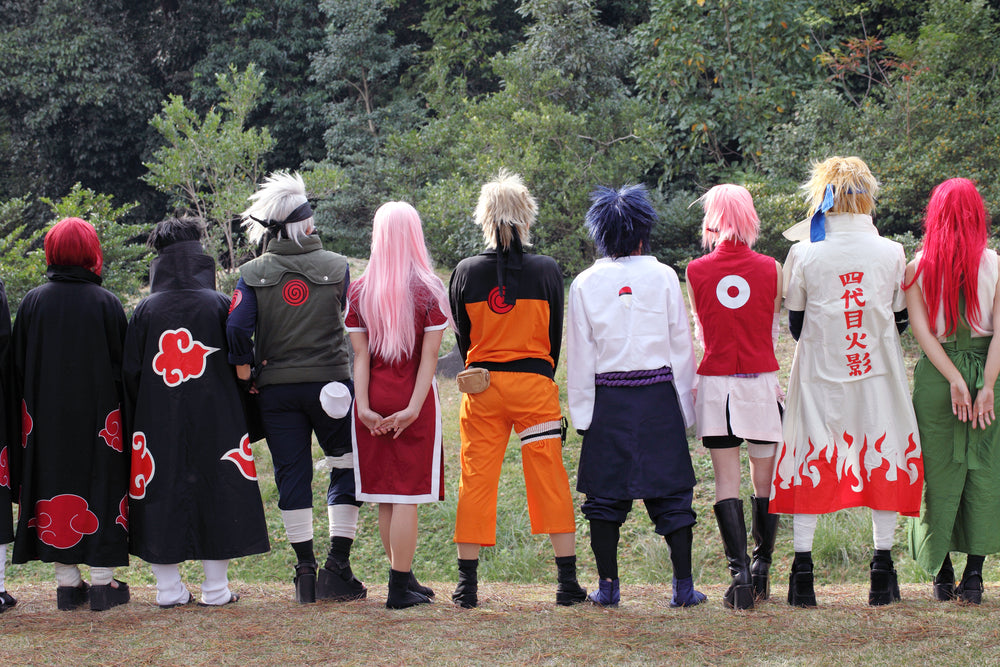What is Yakimochi: Your Guide to this Mochi Snack
What is Yakimochi?
While yakimochi literally means 'grilled mochi' (or 'grilled rice cake'), the word 'yaki' can also be translated to mean 'jealousy'. Yakimochi has a long history in Japan dating back generations. For example, in the Meiji era, it was also made from other grains, such as wheat flour, barley, and millet. There's even a version in the Niigata prefecture that uses rice husks to make the mochi dough.

First it’s important to note that there’s a difference between yakimochi and ‘mochi’. Of course, you may not know that much about mochi, so allow us to tell you more.
In the Western world, mochi has become synonymous with a sticky-sweet sugary snack. Made by mixing and kneading glutinous rice with water, cornstarch and sugar, it’s then pounded and formed into a type of dough. Mochi is often paired with a sweet ingredient like red bean paste, placing it into the dessert category for many.
But when mochi is referred to in Japan, it's usually regarding a 'plain' mochi - not the other sweet mochi flavors. So when it's used in dishes like ozoni soup on New Year's, it's not like a sugar explosion!
Because savory mochi has a pleasantly mild flavor, it’s able to take on stronger and more prominent flavors. You’ll often see savory mochi used as a topping in miso soup, added into hot udon noodles, and even cut up and incorporated into okonomiyaki.
Why is Yakimochi Popular?
Mochi has been around for an extremely long time, ever since the technique of pounding rice has existed, which could well date back to the Yayoi Period which began in 300 BC.
Mochi is part of many cultural celebrations, as the Japanese believe it’s an auspicious food. For instance, eating the sticky mochi balls as part of New Year celebrations is symbolic of your ability to make it safely through the winter months. Mochi are even added to bowls of hot ozoni soup in family homes across Japan on New Year’s Day.
Especially popular during the autumn and winter months as it’s a deliciously warming snack, yaki mochi is also served in Japanese shops all year round because it’s so well loved. Traditionally, yakimochi is prepared on a charcoal grill and eaten immediately after cooking, but there are even specially sized heated pans intended solely for cooking yakimochi!
How Do You Eat Yakimochi?
As yakimochi is grilled, it stands to reason you eat it when it's hot. But the actual preparation for fresh yakimochi can differ somewhat. There are multiple ways to eat yakimochi.

Sometimes the mochi is grilled in soy sauce, then wrapped in a piece of nori seaweed and eaten; a version of yakimochi known as isobeyaki. There’s also abekawa yakimochi, usually found in its home region of Shizuoka prefecture, west of Tokyo. Abekawa is prepared by boiling mochi in hot water then coating it in sugar and kinako soybean powder.
Chewy and soft, a subtle flavor that’s a little toasted, you can eat yakimochi as a snack, as part of a larger dish like a stew or soup, or even chew on one for breakfast. Anything goes – so why not try some kinako mochi puffs from the Bokksu Boutique?
How to Make Yakimochi
First you have to source your mochi. You can use fresh or frozen mochi, though if you’re buying fresh mochi, it’s advisable to eat them the same day - otherwise they dry out pretty fast.
Instead, you can opt for the shelf stable mochi known as kirimochi. These individually wrapped mochi are a super useful version to keep in the pantry, and can be picked up in the rice aisle of Japanese grocery stores (or at the our Bokksu Japanese snack boutique!)
Heating it up in some form is the main way it graduates from ‘mochi’ to ‘yakimochi’ - whether that’s toasted, grilled, boiled or heated. If you’re planning to use frozen mochi for grilling, remember to boil them first so they’re soft enough. Fried mochi can be made straight from frozen though.
For all the methods listed below, you’re essentially heating up the mochi until it swells and puffs up before turning a delicious shade of golden brown. You want to avoid burning the mochi, and it’s up to personal preference how much of a ‘puff’ you’d like. They can grow rather sizeable so keep an eye on them mid-puff!
Grilled mochi
The most popular style is to grill mochi, typically on a charcoal grill, though you can also use a gas grill. Simply place a folded square of aluminum foil on the stove, and balance your mochi on top. It will gradually expand and crisp up (and the foil will catch any drips!). You can serve grilled mochi with a variety of toppings – like soy sauce mixed with brown sugar and drizzled over the top.
Toasted mochi
Using a toaster oven to make yakimochi is a good way to avoid any excess cleaning up – just use a piece of tinfoil like you would in the grilling process. Around 450-500 degrees should be enough, for about ten minutes.
Boiled mochi
Boiling mochi in hot water means you won't gain that crispy exterior, but it's a good method if you're planning to roll the mochi in another ingredient like kinako powder. You can also microwave your mochi: just put it in a microwave-safe container or bowl, add some water so the mochi is covered, and microwave. If you’re looking for another soft alternative, kuzumochi has a soft, jelly-like texture that is just as delicious.
Fried mochi
Heat some oil in a pan and pan fry the mochi on both sides for a few minutes on each. This will crisp up the outside of the mochi, while the inside remains wonderfully chewy and soft.
In any of these cooking methods, when removing the mochi from the heat, it’s a good idea to let it cool for a few moments before gently squeezing it – either with your hand or with a spatula. This will squash the puffed-up height a little and make it easier to work with (and to eat!).
Yakimochi Tips & Storage
Packaged mochi doesn’t need to be refrigerated: it’s happy enough at room temperature and can last up to a year when put in the freezer.
For fresh yakimochi, we recommend eating it as soon as possible - the day it’s made or bought is the best. It can last for just a couple of days max at room temperature, or about a week in the fridge. If you’re planning to wait that long though, just pop your fresh mochi in the freezer and they’ll last much longer.
Where to Buy Yakimochi
Pick up your first Japanese subscription box from Bokksu today, and enjoy some delicious mochi! We also have plenty of exciting mochi flavors available – what do you think about peach, black syrup, or even Hokkaido cheese mochi?
Featured Blog Products
Author Bio








 Bokksu Snack Box
Bokksu Snack Box



